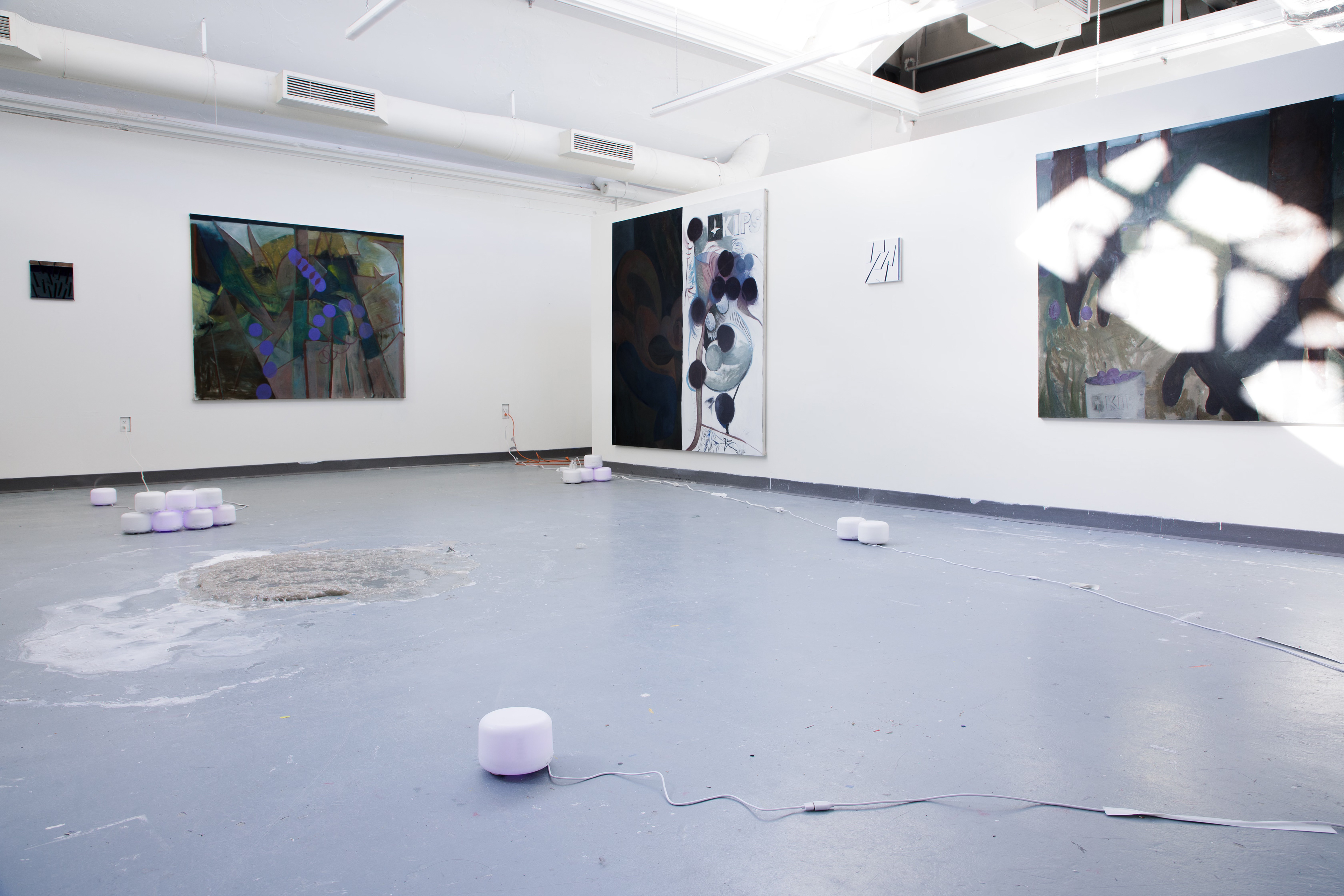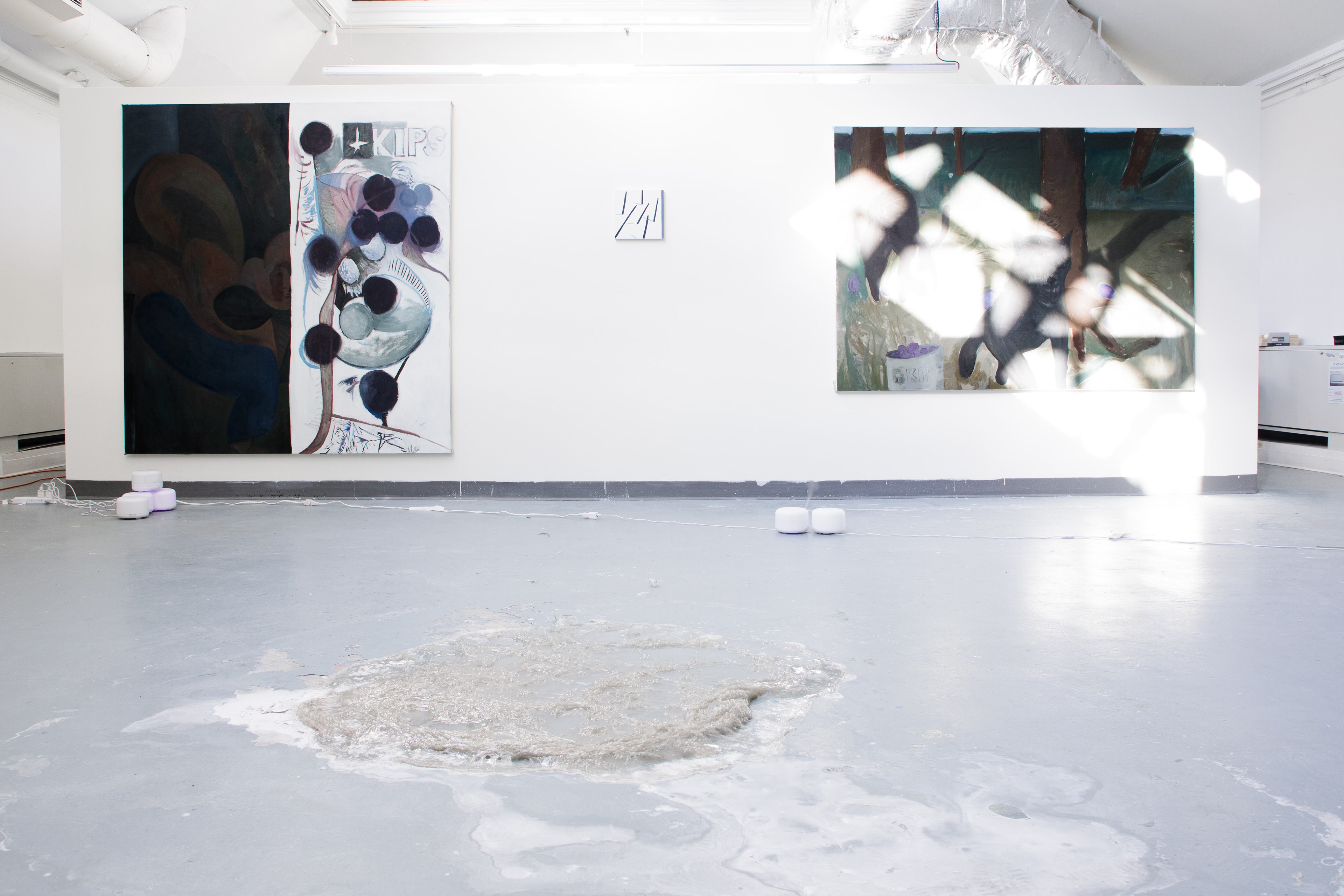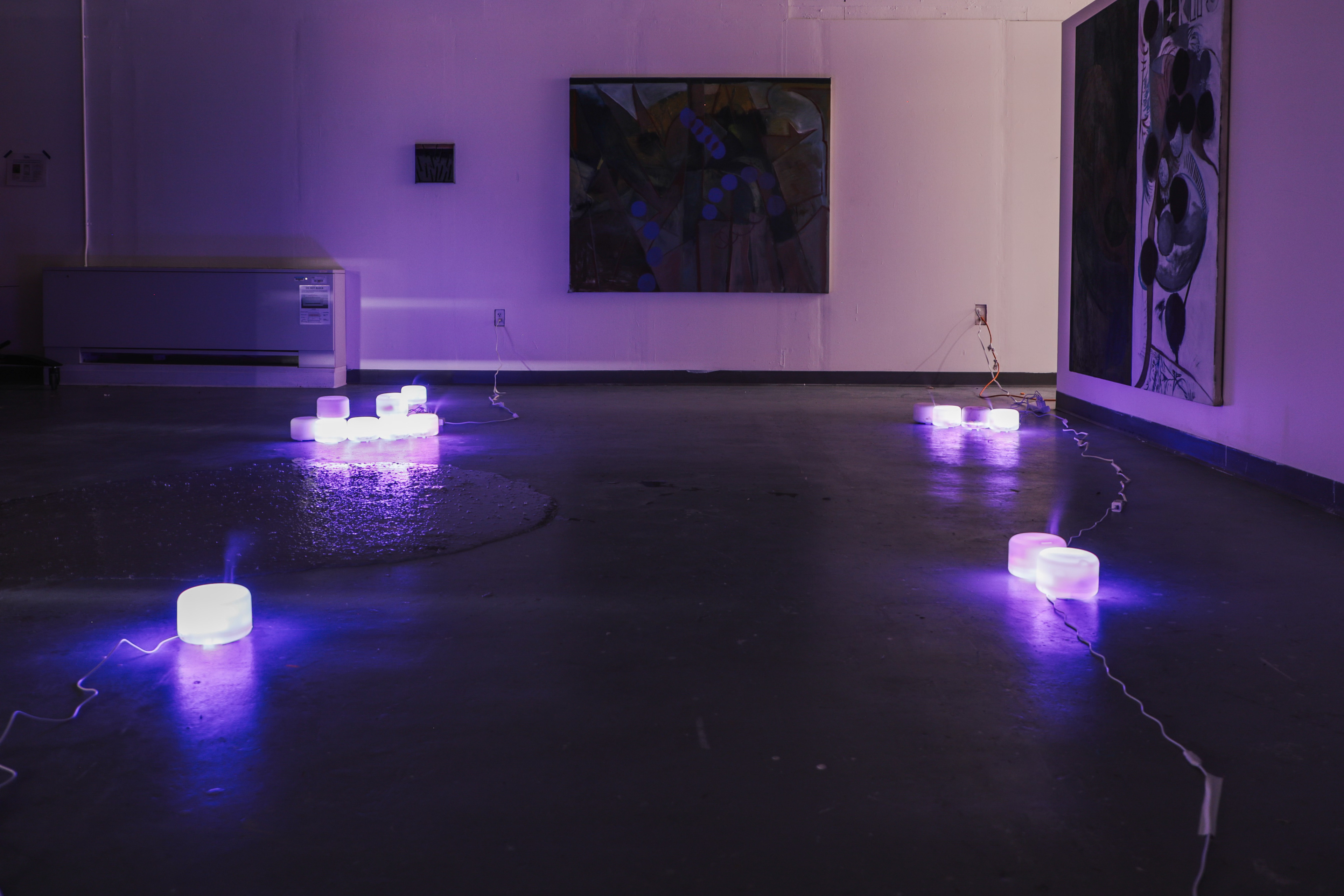Ivy Lockhart and Andrija Zeković
Press release by Ava Chickering
Ivy Lockhart is a conceptual artist based in Boston and Brooklyn. She works across disciplines on the subject of contemporary mediation. Lockhart often ironizes and dramatizes 20th-century avant-garde techniques – accident, fragmentation, minimalism, and durational performance – interrogating their critical registers today. Over the last year, she has made transparent screens and tablets using resin, acrylic, and slime. She performs with these surfaces, sculpts them, embeds images and text into them, and projects video onto them; she has also devised numerous textual performance pieces and theoretical essays which supplement the objects in question. More recent work investigates diffuse aroma and its sites and methods of production, using bootleg Muji diffusers and DIY scent distillation techniques crowdsourced from online fragrance communities. Lockhart also curates the occasional gallery show and is the Editor-in-Chief of Currents Magazine.
Andrija Zeković is a painter based in Boston, from Podgorica, Montenegro. His painting explores themes of memory tied to Montenegro and the Balkans, integrating imagery reflective of Balkan life and societal realities. Through his work, Zeković aims to foster dialogue about these cultural narratives within contemporary Western artistic and intellectual spaces. Working on large scale, he creates narratives of Balkan life, often encompassing two or three canvases. The resulting paintings balance visceral physicality with earth tones with vibrant accents to evoke the complex interplay of memory, place, and cultural translation. Once satisfied, Zeković paints over the canvases, furthering his conversation with memories building upon each other. Andrija Zeković’s practice centers on figurative depictions of Balkan life, primarily through portraits and full-body compositions that capture individuals engaged in mundane or intimate acts. His artistic practice is driven by a commitment to document and amplify underrepresented narratives, his practice of marginalized communities, and the landscapes of Montenegro, His work centers on visceral, emotionally charged depictions of home, capturing family, friends, urban environments, and natural settings, while critically engaging with the region’s post-war complexities, systemic challenges, and cultural resilience.





